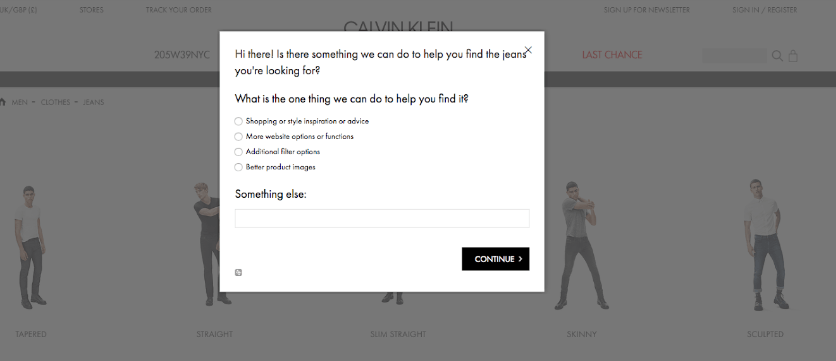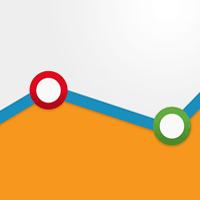You Can't Improve UX Without Listening to the User

Brands, the stakes for the best user experience (UX) are higher than ever.
More than half of your customers will leave your website if their experiences are not aligned with their expectations, regardless of how topnotch your products or services are. Simply put, with so many options just a click away, a strong UX is what helps brands retain a competitive edge today.
Most companies are beginning to understand this and prioritize UX by attempting to design streamlined websites and mobile interfaces that shoppers actually enjoy using. But too many implement UX strategies without consulting the end users themselves.
It may seem obvious, but brands often overlook the voice of the customer. Without user feedback, you can't understand what works with your UX, or what doesn't. This is particularly important when it comes to your website, as your site is often the first touchpoint for potential and existing customers looking to interact with you. Here's what you can gain by listening to the voice of the customer:
Maximum ROI, Minimal Effort
Listening to the voice of the customer (VoC) might seem like a daunting task, conjuring images of arduous focus group sessions and lengthy feedback quizzes. But your customers hate those as much as you do. There are simpler, easier ways to listen to your customers and make significant changes.
Today's VoC tools reduce the hassle of collecting powerful user input for both brands and consumers alike. A strong platform requires minimal setup and wastes little user time, prompting users with quick questions that can lead to powerful changes and prevent small issues from becoming larger ones. For example, a customer browsing a retail site could be prompted with one simple question like "How easy was it to find the product you were looking for today?" This works well for two reasons. First, by reducing the amount of questions you ask shoppers that might annoy them, you increase the likelihood of a response. Second, since customers are asked questions in real-time, they can give more accurate and useful responses. Depending on their feedback, you can make decisions about your path to purchase that will lead to more conversions.
article continues below...

Insight Beyond Analytics
Anyone with basic knowledge of Google Analytics can understand bounce rates and session durations, and this is useful information. A deep dive into page analytics can reveal your most effective content, and where you're losing customers along the road. It can not, however, tell you why.
By relying on quantitative data like conversion rates alone, brands only see half the picture. You can guess why users are leaving your site, but it's much more effective to ask. While metrics can show problem spots, your customers can tell you what the problem really is. This eliminates guesswork and ensures your marketing efforts are more efficient.
For example, a retail website with a high bounce rate on the product page might indicate that consumers aren't interested in the products they're seeing -- but feedback could show that actually, they just have a hard time finding what they're looking for. A retailer armed with this data could improve website navigation to decrease the bounce rate. Without this information, it's easy to make decisions that further alienate customers.
Whether your goal is to encourage purchases on a retail website, gain subscribers in an email marketing program or increase content downloads, user feedback will improve your metrics. And with the plethora of tools available for brands to not only gain user feedback, but also use it to drive real change, there's no excuse to ignore customers anymore.
Your success lies in Voice of Customer feedback. All you have to do is listen. About the Author: Kathleen Hickey is the marketing manager at Usabilla, a Voice-of-Customer solution. A VoC expert, Kathleen has a strong passion for connecting people and products through technology and assisting brands to become "Digital First" by empowering customer-centricity.









